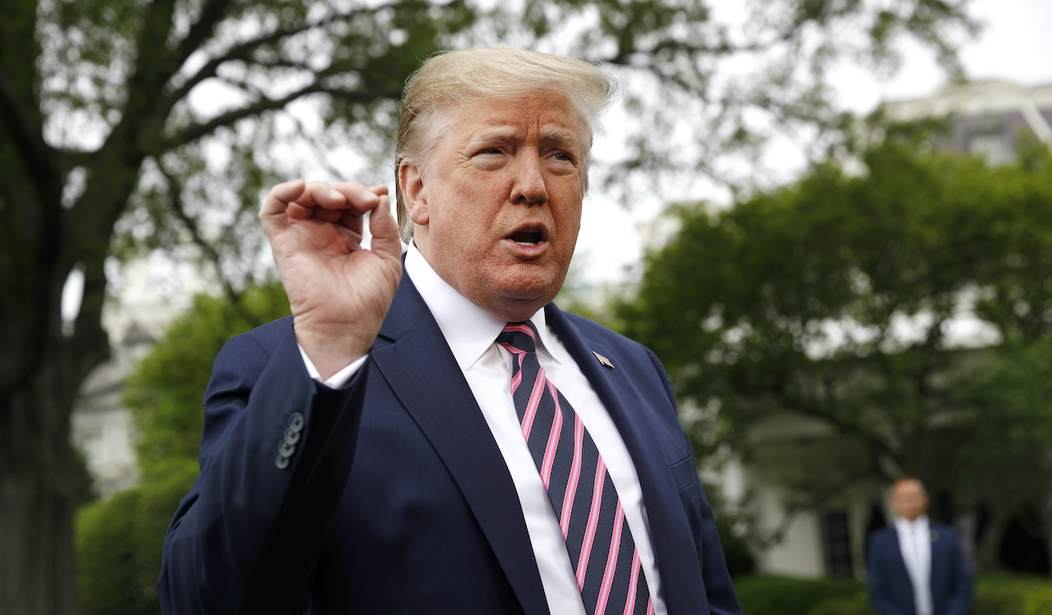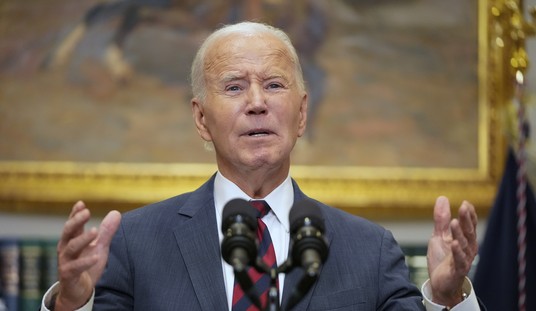People who claim that Donald Trump never would have been elected under a National Popular Vote system of electing the president are disagreeing with Donald Trump himself.
President Trump said, “I would rather have the popular vote because—to me—it’s much easier to win.”
President Trump won with the current system because he excelled at implementing a typical battleground-state campaign—not because he was lucky that we have the state-by-state winner-take-all system that we do.
Candidate Trump skillfully and methodically focused his campaign on just a handful of states, He intentionally and understandably ignored most states, just like winning presidential candidates have been doing for decades.
Under the current state-by-state winner-take-all system of choosing the president, Donald Trump knew he was going to win reliably Republican states, like Texas, Oklahoma, and Kansas, and that Hillary Clinton was going to win reliably Democrat states, like California, New York and Illinois—and the margins of victory in those states made no difference. Therefore, candidate Trump could ignore all those states and concentrate on the same toss-up states that presidential candidates have fought over in the last several elections.
When all was said and done in 2016, President Trump was elected by the popular vote in three states: by 10,704 popular votes in Michigan; 44,292 popular votes in Pennsylvania; and 22,748 popular votes in Wisconsin. Those were the three battleground states that he needed to win. Voters in non-battleground states really didn’t matter.
Recommended
Recent polls from Michigan, Pennsylvania, and Wisconsin consistently show that President Trump is trailing Joe Biden and that the gap between them is widening. In addition, it appears some traditionally “safe” Republican states may become toss-ups this year, including Arizona, Georgia, and Texas.
Under these current circumstances, President Trump would be better off trying to win under the system that the National Popular Vote Interstate Compact (NPVIC) would create. Here’s why: If President Trump were motivated to compete for votes in every state, he would likely be able to narrow the margin of loss in many of the safe Democrat states. He would also likely drive up his margin of victory in the safe Republican states. He wouldn’t need to worry so much about the handful of toss-up states, and the result would be many more popular votes for President Trump.
Under the current system of electing a president, when candidates concentrate on only toss-up states and don’t bother to court voters in the less populous states, the toss-up states’ votes are worth much more than the votes from non-battleground states. That’s why the candidates spend an inordinate amount of time campaigning in states like Michigan and Pennsylvania.
If the non-battleground states’ votes were to be counted along with the votes of all the other states—in other words, if their votes counted for the same value as the votes from the battlegrounds—then it would be in every candidate’s interest to campaign in every state to every possible voter.
That is why candidates would be motivated to campaign in rural as well as urban areas; right now, candidates concentrate on battleground states, so candidates focus on the concerns of Iowa, Ohio and Florida, and ignore the needs of Alabama, Kansas and Utah. There’s no need to compete for every vote in every state. They just a need to win each battleground state by one vote, and the most efficient way to do that is to ignore the concerns of everyone but the narrow slice of persuadable voters in small regions of battleground states.
Another factor that should be of concern to any conservative voter is immigration. Under the current presidential election system, an influx of immigrants under “open borders” policies into Democrat states give those states more members of Congress, and therefore more Electoral College votes, than Republican states. One study says that number could be as high as 24 electoral votes. We know California picks up at least five extra Electoral College votes because it offers incentives for non-citizens to locate there. If California picks up five, that means other states lose five, a net of 10 extra votes to the Democrats, at a minimum, nationwide. Since only citizens are allowed to vote for president, the NPVIC would fix this problem overnight.
President Trump was correct when he said that it would be easier to win a National Popular Vote for president and harder to win under the current system. For Republican presidential candidates, that will become more and more true in upcoming elections. It would behoove Republicans and conservatives to look at the evidence, and think before they publicly defend the current winner take all laws which, if current trends continue, may condemn Republicans to losing the presidency in the foreseeable future.

























Join the conversation as a VIP Member